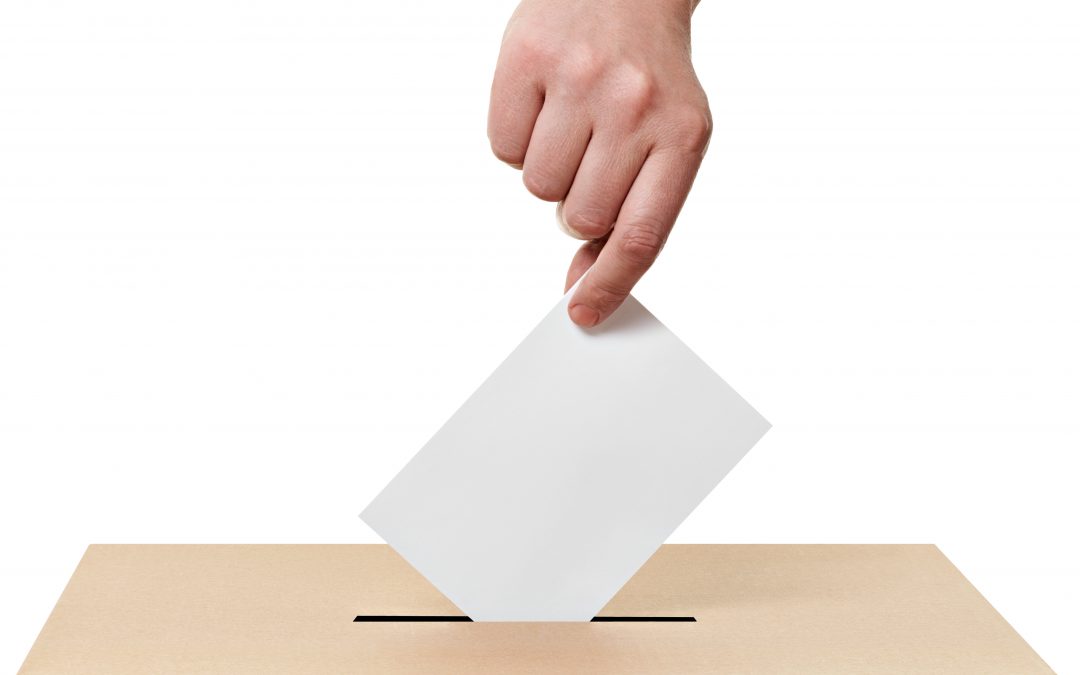Five takeaways from Winter Park's election
Big turnout and big money helped drive this year’s elections
March 21, 2024
By Beth Kassab
Winter Park elected a new mayor and sent two of the Seat 2 candidates into a run-off set for April 16. Here’s five takeaways from the results:
1. Glass ceiling shattered. Sheila DeCiccio wasn’t the first woman to run for mayor in Winter Park, but she is the first to win the post in the city’s 142-year history. DeCiccio, an attorney who has lived in Winter Park for nearly 40 years, joins Eatonville’s Angie Gardner and Oakland’s Kathy Stark as the only other women mayors currently in Orange County. Orlando, the county’s largest city, hasn’t had a woman at the helm since Glenda Hood left office in 2003. DeCiccio, who was first elected to the Winter Park City Commission in 2020 and took more than 71% of the vote on Tuesday, said she is thrilled to bring a new era to the city. “I ran based on my experience and I didn’t make an issue out of being the first woman, but yes, it’s great to break the glass ceiling — it always is and I’m happy I was able to do it.”
2. Party politics not a sure thing. With the Republican presidential primary on the same ballot as the city elections for Republican voters, party politics might have seemed like a good strategy. Afterall, Donald Trump easily won every precinct in Winter Park. But the candidates who tried to seize on that tactic fared the worst. Registered Republicans slightly outnumber Democrats in the city (8,300 R’s vs. 7,700 D’s plus 5,200 registered with another party or without any party affiliation) but that didn’t translate to wins for those who tried to align themselves with the right. Stockton Reeves, who had text messages sent out by the state GOP touting him as “your OFFICIAL Republican nominee” in the nonpartisan Seat 2 race and who also sent out mailers that called out “higher prices and inflation” came in third out of three candidates. Michael Cameron, who ran against DeCiccio, used hashtags like “red wave” and “conservative” in some social media posts and spent most of his tiny campaign account on a Republican political consultant. The other thing Reeves and Cameron had in common? Neither showed for public candidate forums — perhaps an indication that talking directly to voters matters more than party in local politics.
3. The money matters. The size of a candidate’s campaign chest doesn’t always determine who wins, but it can count for a lot. In the Seat 2 race, Craig Russell was the top vote getter by 8 points with 42% of the vote and also spent the most or had the most spent on his behalf. Russell, a teacher at Winter Park High School, raised $64,000 and the political action committee affiliated with the local Chamber of Commerce raised another $22,000 to spend on mailers and other activities to support his candidacy. That’s a combined $86,000 compared to $45,000 raised by Jason Johnson, who received 34% of the vote. The two will head into a runoff on April 16 since neither captured more than 50%. But if money were the only deciding factor, then Reeves, who loaned himself more than $50,000 and raised another $20,000, would be in the runoff since he outraised and outspent Johnson. He took just 24% of the vote. In the mayor’s race, DeCiccio far outraised Cameron — more than $41,000 compared to less than $7,000, according to the latest financial reports.
4. Winter Park knows how to turn out. The city has a reputation for being among the most civically active in the county and that held true again. Overall turnout across the mostly blue county dipped by 8 points to 18% since the Democrats opted against a presidential primary vote in Florida (in 2020, the last time both parties had presidential primaries in March, countywide turnout was more than 26%). But Winter Park turnout held fairly steady at 31% compared to nearly 32% in 2020. Only the much smaller cities of Oakland and Eatonville brought out a higher rate of voters for municipal races this time around. In Winter Garden, municipal race turnout was just 8% while Ocoee and Apopka each showed 14%. And while Winter Park is Orange’s fifth largest city with 30,000 people, it saw the most voters with nearly 7,000 people casting a ballot. That figure included the highest percent of Democrats (31%) except for Oakland (35%), the west Orange city of fewer than 4,000 people.
5. Will turnout hold for the runoff? Turning out voters once is hard. Getting them to show up at the polls twice can be even more difficult. That’s why state and national numbers show fewer voters tend to vote in runoffs. But Winter Park’s engagement appears to buck that trend. The last time Winter Park held a runoff was 2019 when Todd Weaver beat Pete Weldon for Seat 4. A look at the numbers shows 726 more people voted in the April runoff than in the first March election — 6,129 vs. 5,403. No one knows what will happen this year, but a drop in participation is not a sure thing in Winter Park.
WinterParkVoiceEditor@gmail.com


RE party politics playing a role or not… Messrs. Johnson and Russel take note:
Republican voters in Winter Park are looking for someone who will be willing to go on record against the developer$ requesting code variances and thereby eventually ruining the charm of our city by crowding every $quare inch of $pace to maximize their profit$ at tax payer$ expen$e.
They also aren’t interested in expanding the CRA area to benefit a few property owners by instantly boosting their property value at tax payer expense. Plenty of ways to spend CRA money within current city limits.
The Chamber of Commerce scares me. I think we need to take a close look at how the Chamber of Commerce is using a published book on parking and a “Prosperity Score” to recommend policies. What scares me more is that they are supporting a commissioner candidate. The Chamber should stick to assisting businesses and welcoming everyone to the city-visitors and residents. Supporting a political candidate is one method of dividing a city. That isn’t much of a welcome. Or change the name of the Welcome Center to the Welcome Some of You Center and pay a normal rent for our property and building.